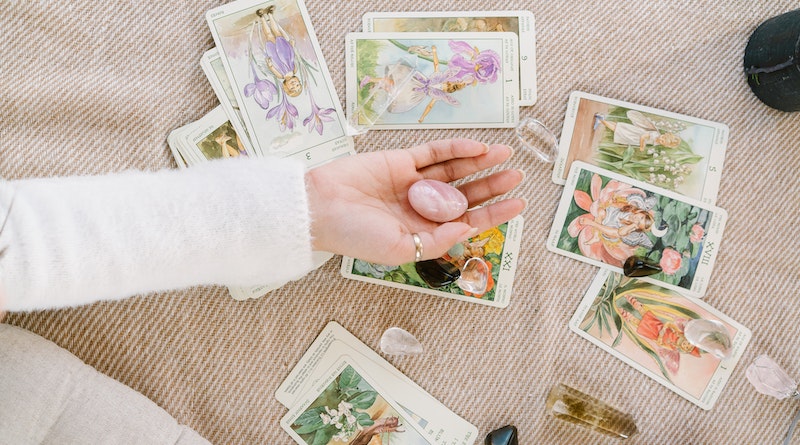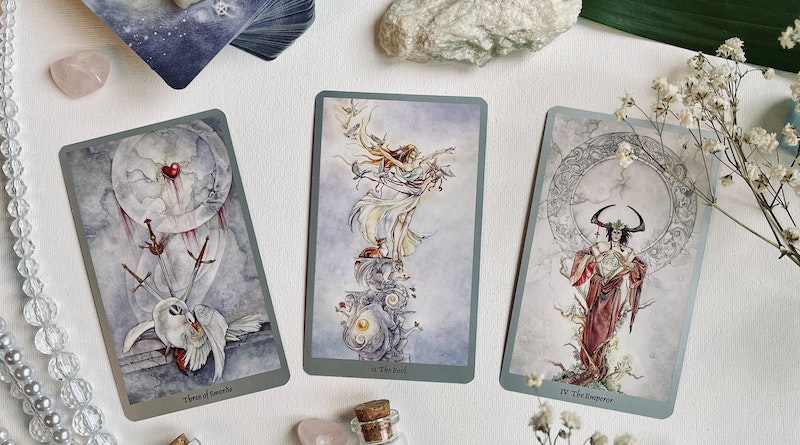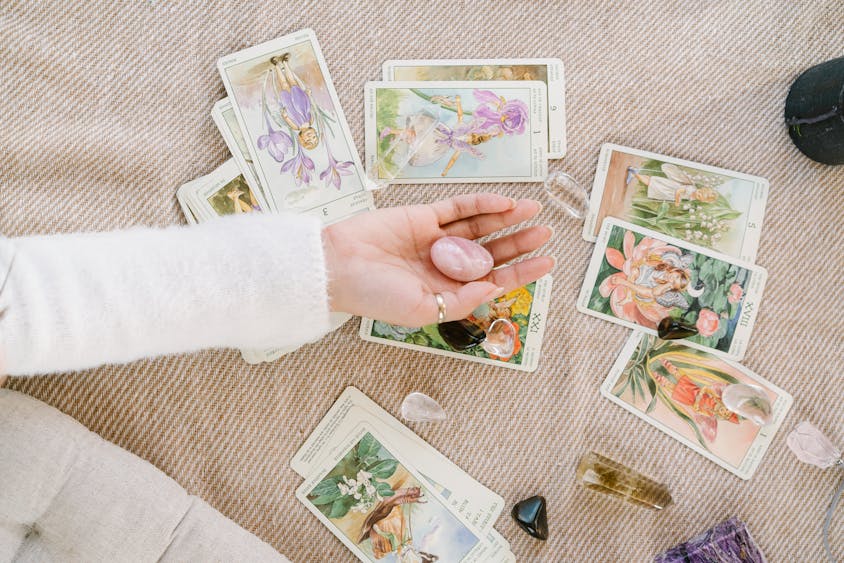The Magic of Tarot Cards: How They Can Help Improve a Child’s Education
Tarot cards have been around for centuries and have a rich history. While they are often associated with divination, tarot cards can be used for much more than that, including helping to improve a child’s education. In this blog post, we will explore the magic of tarot cards and how they can be used to enhance a child’s educational experience. From teaching kids problem-solving skills to developing creativity, tarot cards can provide a valuable learning experience for any child. Keep reading to learn more about the educational potential of tarot cards!
What are Tarot Cards?
Tarot cards are a set of 78 cards divided into two sections: the Major Arcana and the Minor Arcana. Each card has its own meaning, depicting archetypal symbols, figures, and situations. They are commonly used for divination, or seeking guidance about the future, as well as for self-reflection and understanding. Tarot cards have been used for centuries in various cultures and are still popular today.
The Major Arcana consists of 22 cards, representing the major themes and cycles of life. The Minor Arcana consists of 56 cards, divided into four suits of 14 cards each. Each suit is associated with a different element – Cups (water), Swords (air), Wands (fire), and Pentacles (earth) – and represents different aspects of life experience.
The Tarot has long been considered a powerful tool for discovering insights into yourself and your situation. While there is no single right or wrong way to interpret the cards, they can provide a meaningful source of guidance and support. Learning to use them is an ongoing process that requires patience, practice, and self-reflection. With the right attitude, Tarot cards can be a valuable resource for personal growth and development.
The History of Tarot Cards
Tarot cards have been around for centuries, and their mysterious origins are shrouded in mystery. It is believed that tarot cards originated from Ancient Egypt, and the earliest known tarot decks date back to the 15th century. The oldest surviving tarot deck is the Visconti-Sforza Tarot Deck, which was created in Italy in the mid-15th century.
Tarot cards first became popular as a tool for divination, although there is some debate about whether they were used for this purpose. Many believe that tarot cards were initially used for playing games, with each card representing a character or object. Regardless of their original purpose, tarot cards have been associated with divination since the 18th century.
In the late 19th and early 20th centuries, tarot cards began to be used by psychics and spiritualists as a tool for gaining insight into the future. This practice became increasingly popular during the 20th century, and it was also adopted by occultists, magicians, and even some psychologists who saw potential in using tarot cards to gain insight into the subconscious mind.
Today, tarot cards are still widely used for divination purposes, as well as for self-reflection and personal growth. They can also be used in education, as they are an effective way to teach children about symbolism and different aspects of life.
How They Can Help Improve a Child’s Education
Tarot cards are a unique and powerful way to stimulate the mind of young learners. Tarot cards have been used for centuries as a tool to explore the inner workings of the human psyche, while providing guidance and perspective on our lives. They can help to bridge the gap between fantasy and reality, as well as promote creative thinking, emotional intelligence, problem solving skills, and self-awareness.
There are a variety of ways in which tarot cards can be incorporated into educational practices, such as group activities, individual assignments, and even whole-class discussion topics. For instance, teachers can use the cards to encourage students to think more deeply about certain concepts and discuss the implications that their interpretations may have on the world around them. Through the use of tarot cards, students can develop their ability to look at a problem from different perspectives, as well as explore their own beliefs and values.

Furthermore, tarot cards can be used as a tool to stimulate critical thinking. By exploring the symbolism associated with each card, students can gain insight into the deeper meaning behind certain concepts. By understanding the underlying messages within each card, children can build on their knowledge base, while understanding how these messages can be applied in everyday life.
In addition to their use in education, tarot cards can also be used as a source of comfort and guidance. By exploring their meanings and associations, children can gain insight into their own emotions and life experiences. As a result, tarot cards can provide a safe space for children to explore their feelings without judgment or criticism.
In conclusion, tarot cards can be a valuable tool for improving a child’s education. Not only do they provide an opportunity for creative thinking and critical analysis, but they can also serve as a source of comfort and guidance. With careful planning and consideration, tarot cards can be used to enhance learning experiences in the classroom and beyond.
Tips for Using Tarot Cards in your child’s education
Tarot cards can be an incredibly effective tool for teaching children a variety of concepts, from basic life skills to more advanced topics. Here are some tips on how to use cards to help your child’s education:
- Use the cards as visual aids: Tarot cards are visually appealing and provide a great way to introduce new ideas to your child. Ask them questions about the images and symbols, or let them explore the cards on their own.
- Introduce spreads: Tarot spreads allow you to gain insight into various topics. Spend some time discussing what each card means and why it is important.
- Give your child the opportunity to make their own interpretations: Encourage your child to give their own interpretation of the cards they draw and discuss why they think they have come up with their answer. This can help build problem solving skills and self-confidence.
- Practice reading together: Spend some time reading cards together and discussing the interpretations. This is a great way to bond with your child while introducing them to the concept of divination.
Using tarot cards as part of your child’s education can be a great way to teach them new concepts, while allowing them to explore their own intuition and creativity. Try these tips out and see what kind of results you get!
Resources for Further Study
Tarot cards have a long and storied history, so there is a wealth of knowledge available on the subject. Whether you are just starting to learn about tarot cards or looking for deeper insight into their use, there are a variety of resources available to help.
For those interested in learning more about the history and interpretation of tarot cards, we recommend books such as:
No matter your level of experience or familiarity with tarot cards, these resources should help you gain a better understanding of their potential and learn how to use them to help improve your child’s education.



